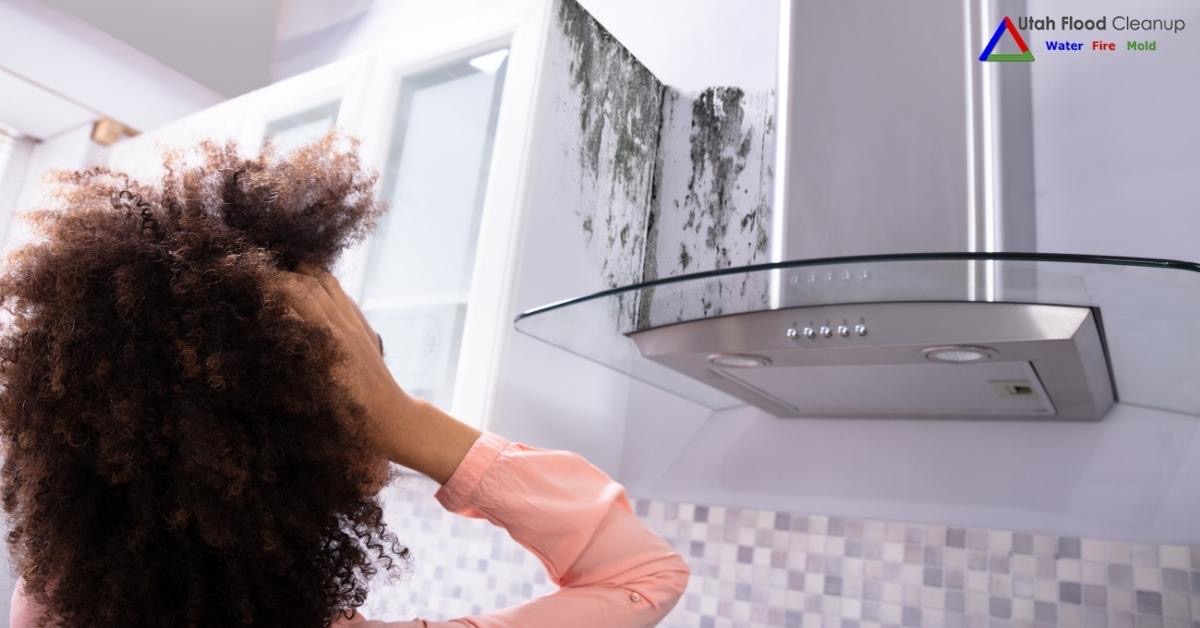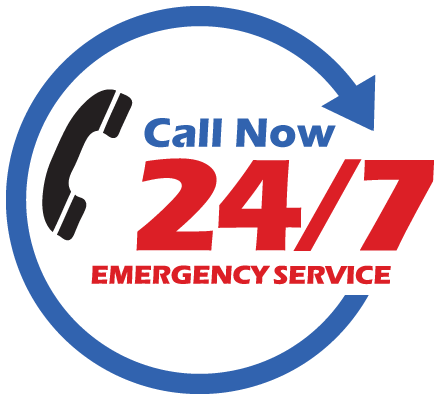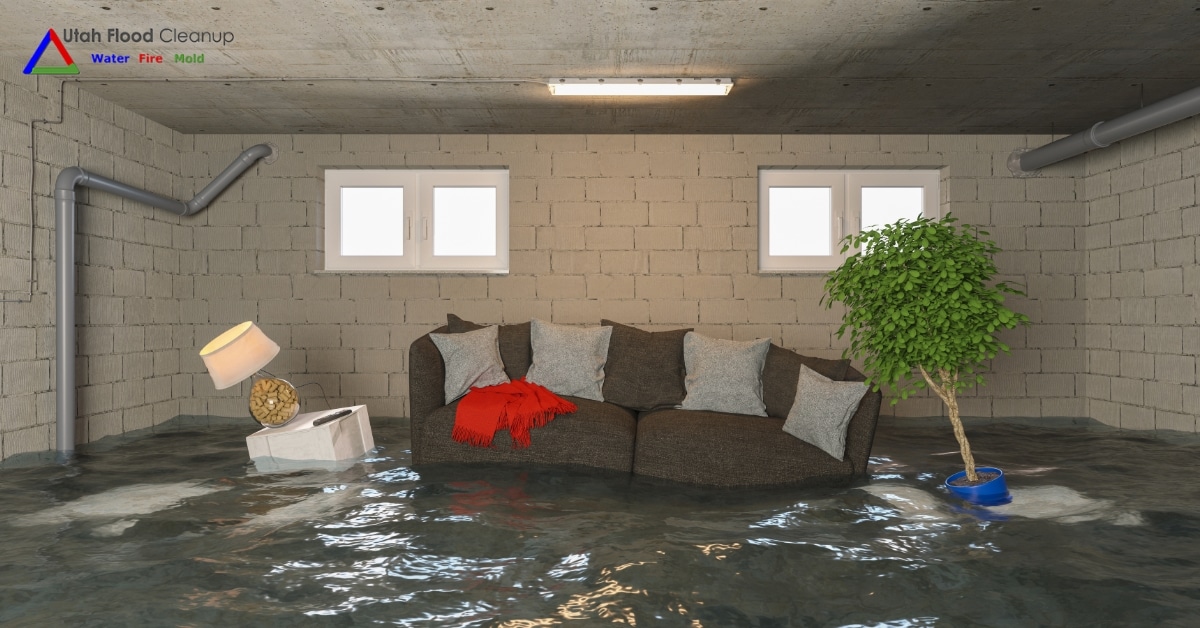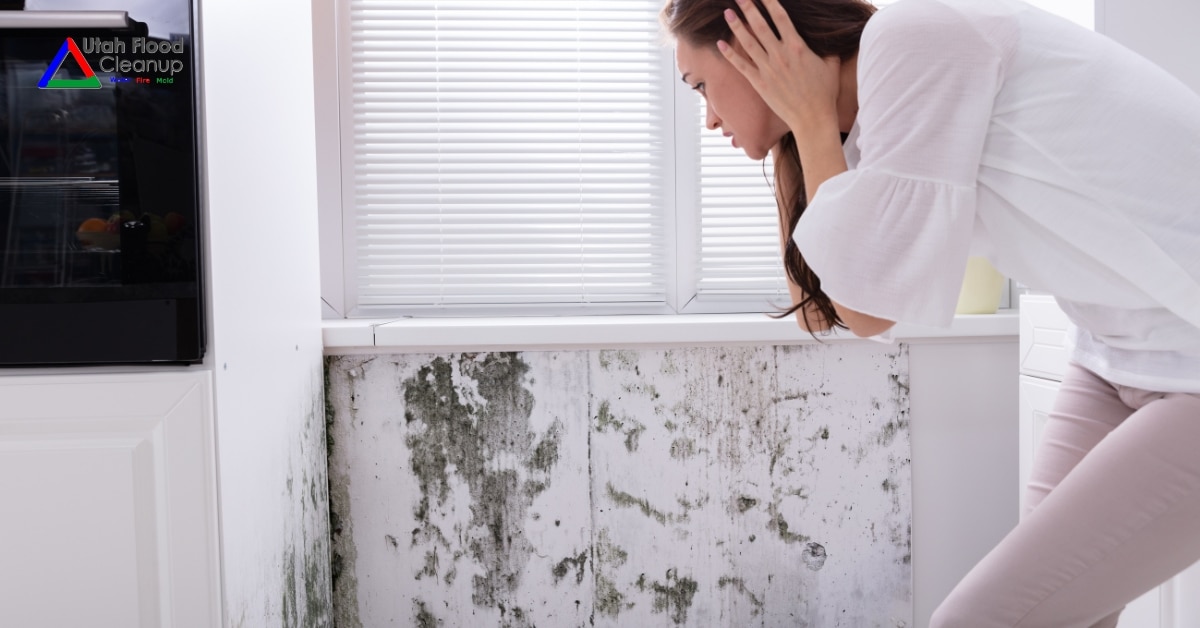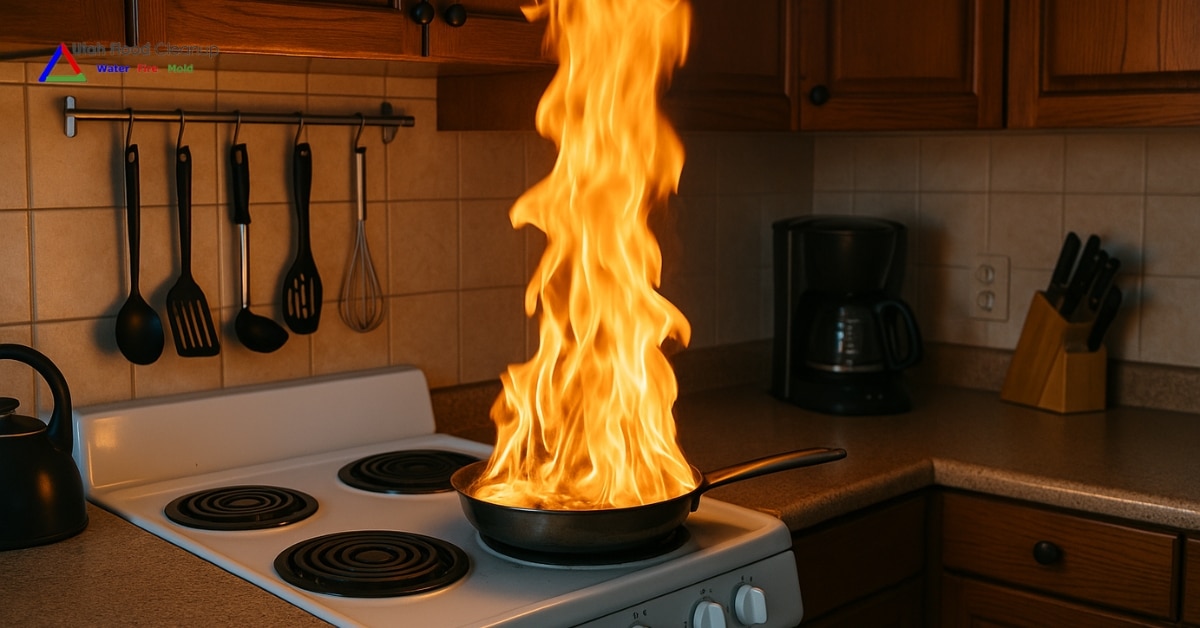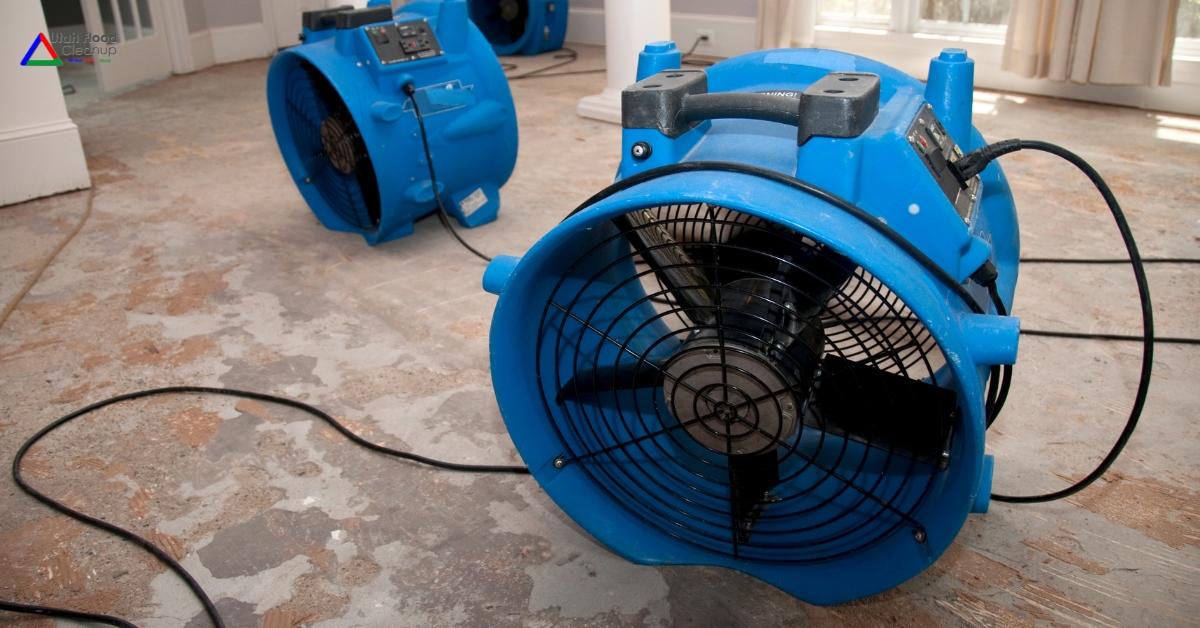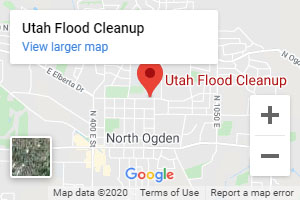Mold spreading in your home can be extremely dangerous to people and destructive to property. Mold can cause many kinds of health reactions, some of which are severe and can be deadly to people who already have health problems. Mold infestation can ruin walls, flooring, furniture, artworks, drapes, clothing, and other valuable possessions and leave strong, lasting odors. There are many ways people cause mold growth in homes without knowing it.
Below is information about what causes mold to grow, how to recognize the signs of mold, and straightforward solutions for preventing mold growth.
Click to jump to section:
- Tips To Prevent Mold Growth In Your Home
- Essential Things to Remember About Mold
- Best Mold Abatement Services
How To Prevent Mold Growth In Your Home
Mold is that it needs all three elements to proliferate: heat, food, and moisture. Favorite foods of mold in houses include paper, wood, clothing, food, leather products, and many other items. It takes a minimum of about eight days of ideal mold-growth conditions for one or more mold fungi species to start spreading. That’s why mold is most common in homes with heat and moisture control problems. Here are some common problems that cause mold spores to start spreading through the air, common locations for mold growth in homes, and how to stop mold growth:
Leaking or Sweating Pipes
Pipe leaking or condensation is one of the most common causes of mold under sinks and behind drywall. Pipe leaks or extreme sweating can also promote rampant mold spread. Mold can infest walls, ceilings, floor joists over pipes in the basement, subflooring under carpets or hardwoods on the level above the pipes. It can also invade basement light fixtures, cover insulated HVAC ductwork, and spread across many other areas.
If you need to identify what causes mold on walls in your basement, under your kitchen sink, or elsewhere, first check your plumbing lines for leakage. Also, check for condensation that is running down the pipes or causing puddles on floors!
Insufficient Ventilation in Kitchen or Bathroom
Hot showers cause hot, steamy conditions in bathrooms. Cooking and running hot water causes frequent steam in kitchens. An effective ventilation system pulls the humidity out of these rooms and directs it out of the building. Without a proper venting system, thick moisture can build up across the ceilings, walls, cabinetry, trash containers, shower, etc. The telltale black mold spots, for example, begin to multiply and do not go away by using regular cleaning products.
If possible, install a ventilation system to fix the problem. Or, keep a window open during showering or cooking, and place fans to pull the humidity out of the kitchen and bathroom and toward the nearest window or exterior door. If needed, add small dehumidifiers in both rooms for extra protection against drywall mold in your kitchen and bathroom.
Lawn Debris or Poor Drainage in Yard
Your yard should slope slightly away from the foundation of your home. This creates sufficient drainage to keep water from pooling along that area. Standing water against the foundation promotes mosquito populations, other insect pests, and rodents, and it increases the risk of mold. Eventually, the ongoing exposure to water can cause mold growth on the foundation and the exterior siding, and inside the basement. When it finds its way into the walls, it can spread undetected behind drywall until a widespread mold infestation requires professional mold removal.
Correct the slope of your yard around your foundation. Add more and/or better drainage, as needed. Keep rain gutters free of debris so water will not pour over the sides and cause standing puddles along your home’s foundation.
Unventilated Basement or Crawlspace
Many basements and crawlspaces provide the ideal environment for mold. They’re dark and damp. Basements are often poorly ventilated and contain most of the home’s linear feet of plumbing pipes. Crawlspaces are typically over bare ground, which means groundwater can seep and cause a buildup of moisture in the space.
Seal around your home’s foundation, ensure proper ventilation, and direct drainage away to help minimize moisture getting into a basement or crawl space. These measures can help prevent mold growth and prevent rotting due to water damage and insects.
Roof Damage or Sealant Leak
If there’s a small leak around flashing or sealant used to protect edges of chimneys, sewage vents, exhaust vents, etc., on a roof, it can go unnoticed until the mold has spread. It can grow freely into ceilings and behind walls across large areas of a home’s structure. Unless there’s a visible drip or a bulge or stain on a ceiling or floor or wall area, the leak may remain untreated until extensive mold abatement becomes necessary.
Have periodic roof inspections. Look for compromised edging or roof sealant, and cracked excessively worn, curled, loose, or missing shingles. Also, keep guttering free of debris to permit drainage.
Essential Things to Remember About Mold
People often ask how to get rid of mold on walls permanently. Keeping mold out of walls and other areas of your home is a matter of maintaining the necessary environmental conditions and being able to identify mold. You will need to control the elements the mold fungi need to flourish. That means continuously controlling heat and humidity levels and ensuring there are no organic food sources for mold in hot, humid spaces of your home. Further, be diligent in watching for signs of leaks at your home.
Contact Utah Flood Cleanup for Mold Abatement
If you suspect that you have mold spreading in the walls of your home or need help identifying mold, you will need the help of a certified mold abatement professional who knows how to detect mold in the home. Utah Flood Cleanup certified mold abatement specialists have the industry knowledge and experience to eradicate mold infestation in your home as quickly and efficiently as possible. We also have the specialized equipment, tools, and materials to do the job thoroughly.
